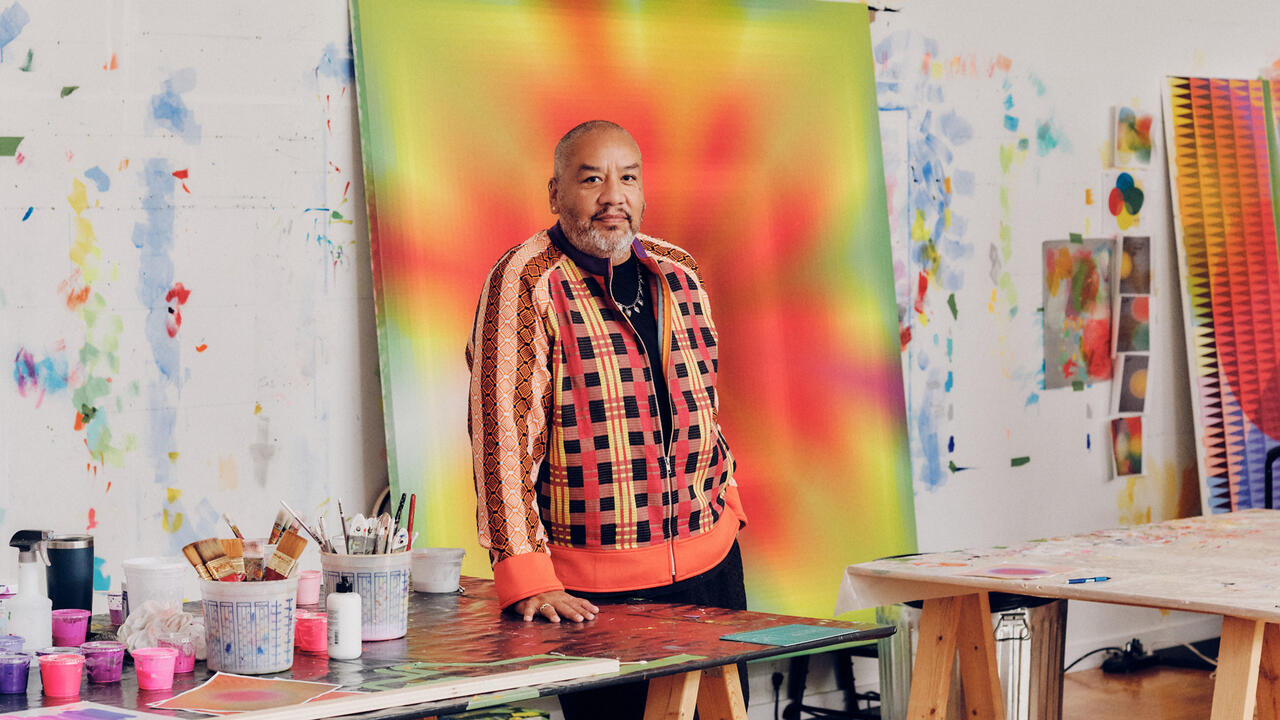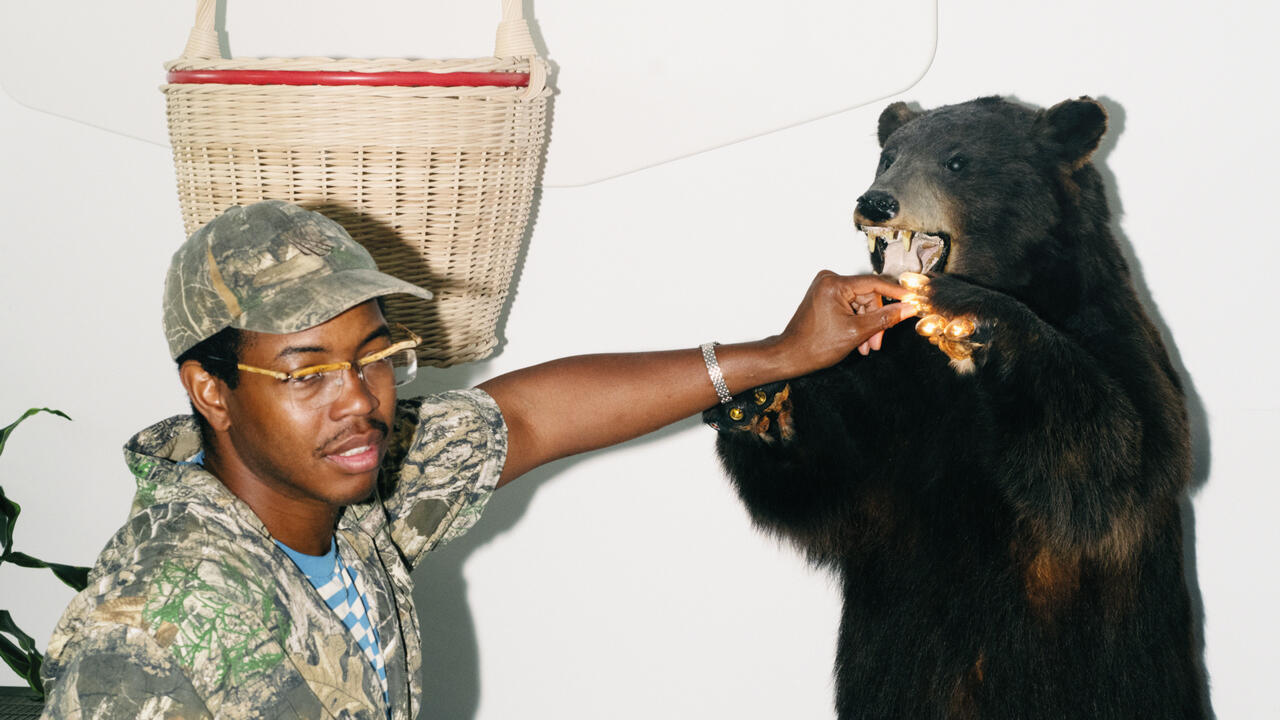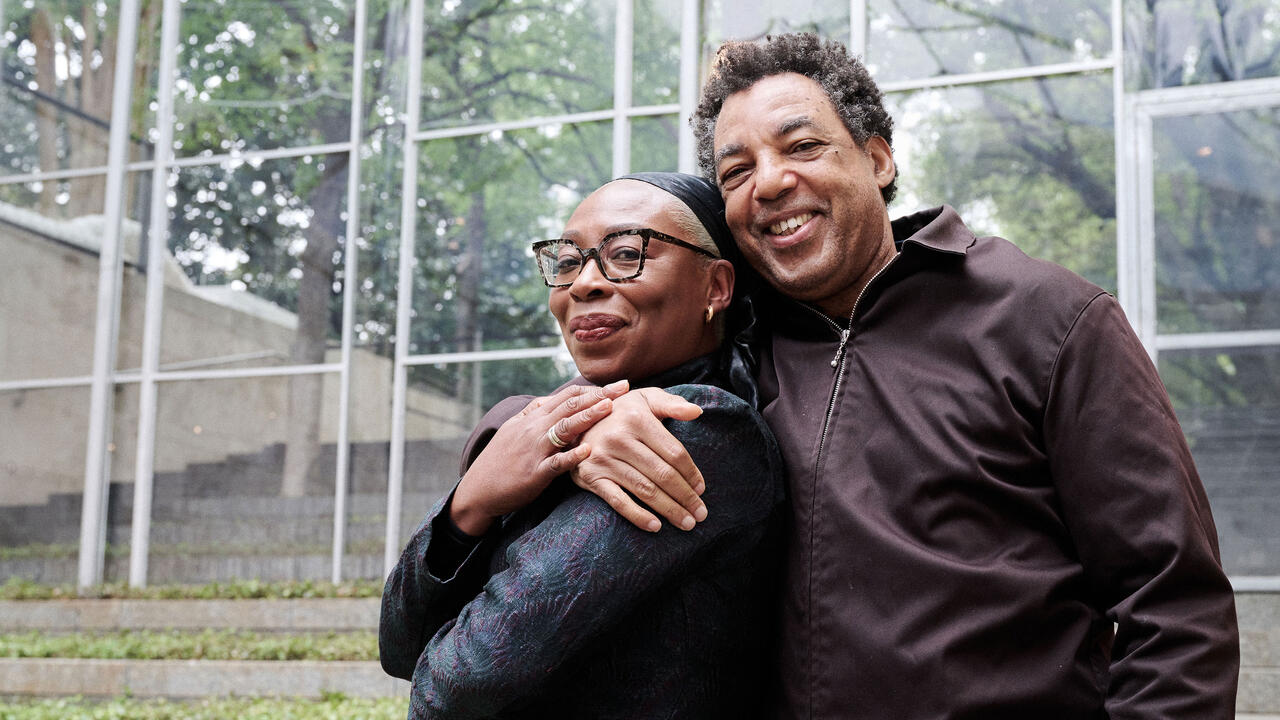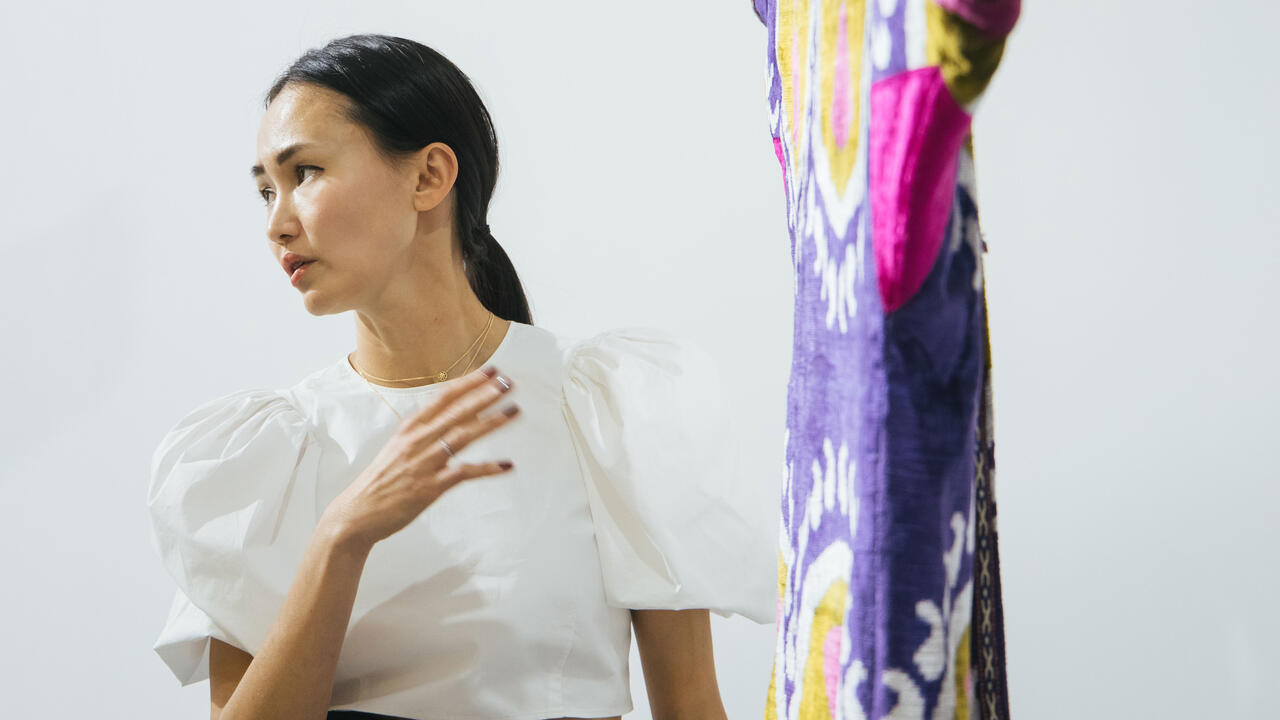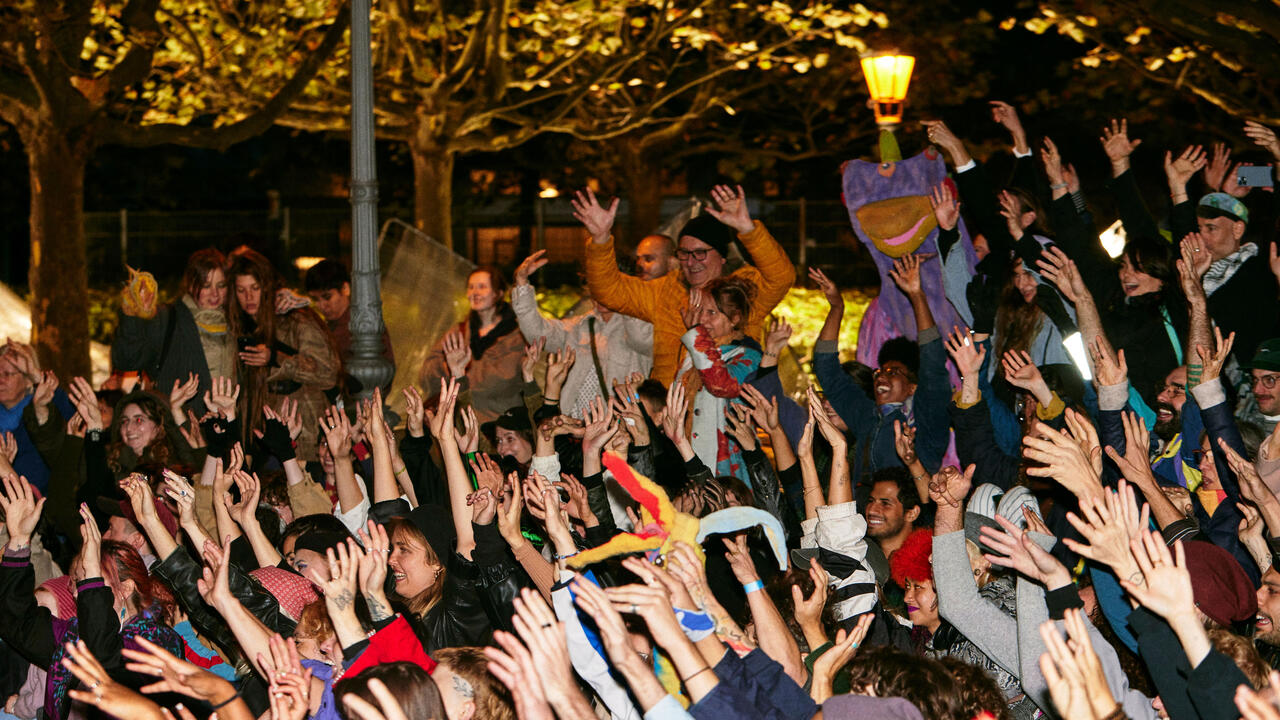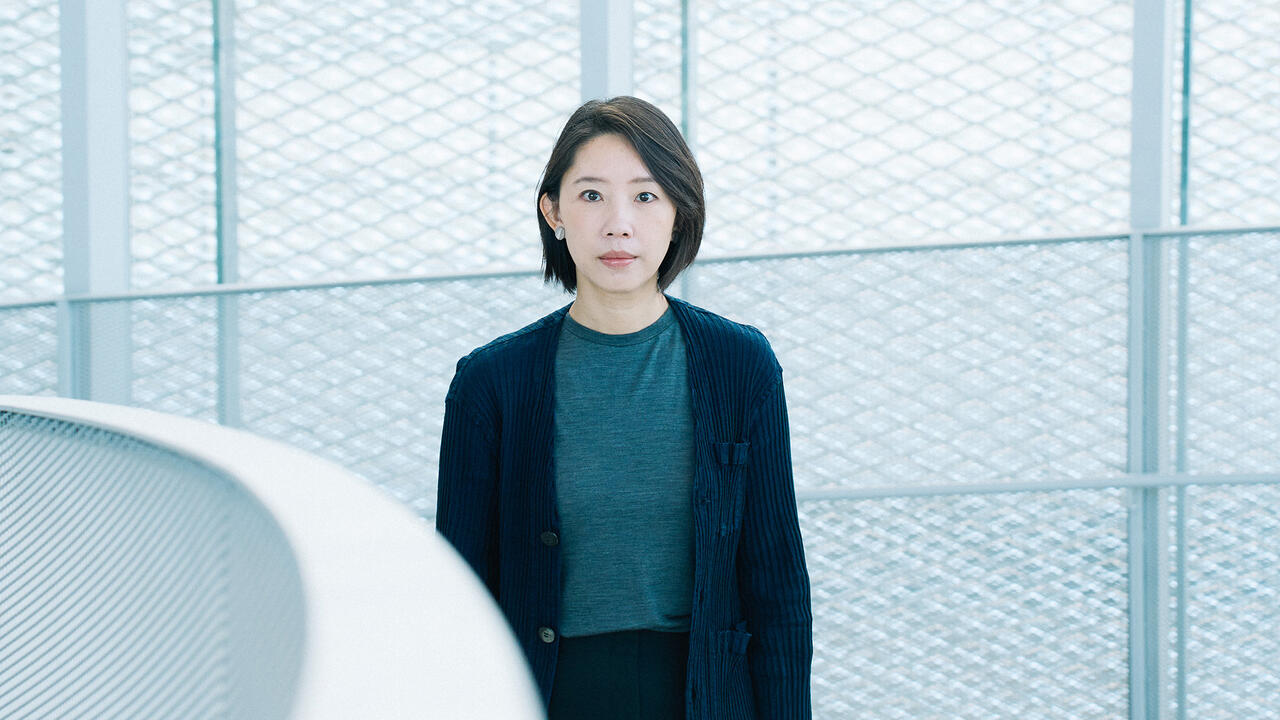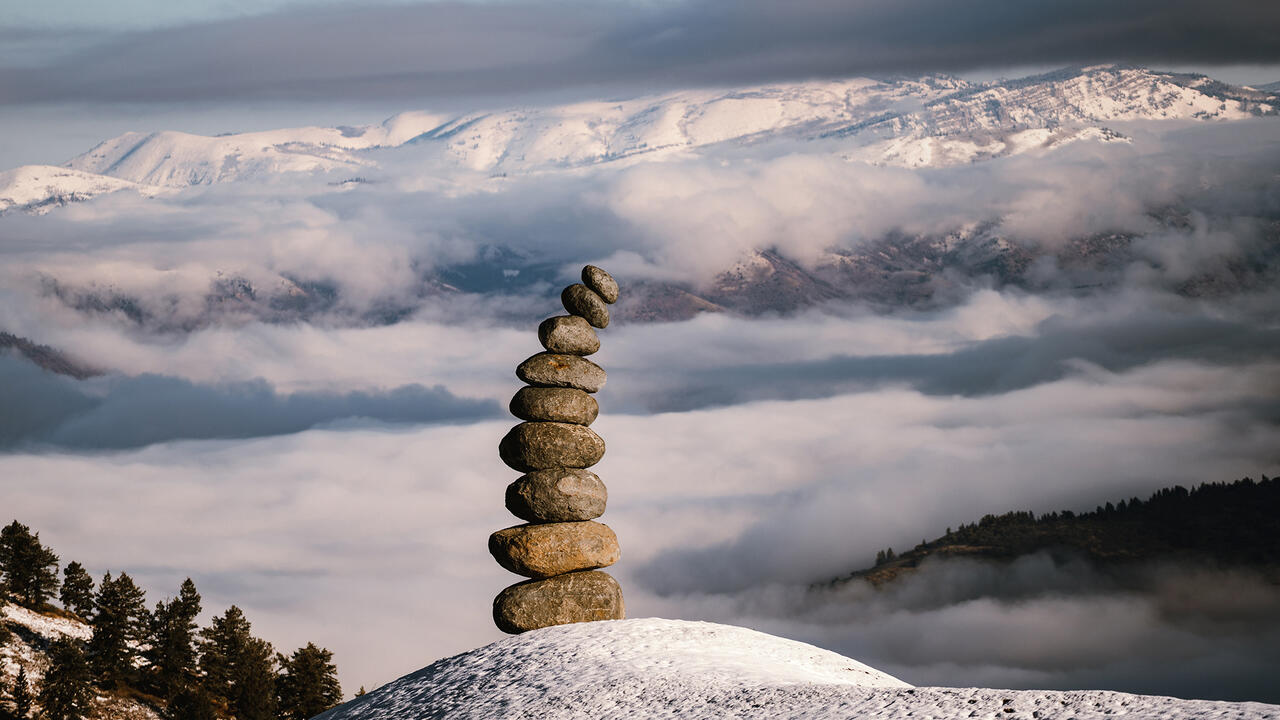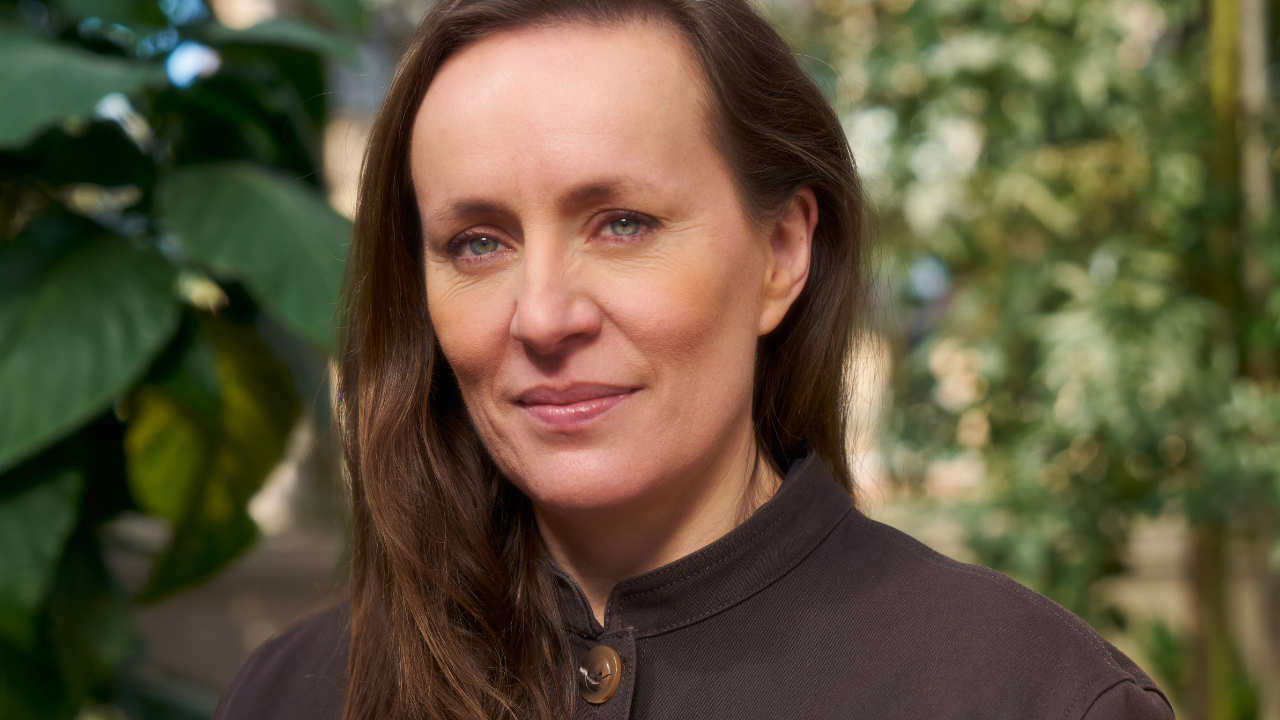Mire Lee's Deep-Rooted Romanticism
Alvin Li speaks with Mire Lee about emotion and affect in her sculptural works, and the influence of space, architecture and the macabre on her practice
Alvin Li speaks with Mire Lee about emotion and affect in her sculptural works, and the influence of space, architecture and the macabre on her practice

Alvin Li Before working with you, I had no idea how technically precise your work is. Alongside a studio-based sculptural practice, you have also drawn on a range of technologies to develop your kinetic artworks.
Mire Lee I have, although I still feel like an amateur when it comes to technology because so much effort goes into figuring out how to make something work perfectly. In fact, I usually end up feeling like garbage because I’m interacting with engineers or prop-makers who are forever telling me: ‘This is not going to work. You’ll have to do it another way!’ There’s this perennial tension between ‘I have to make it more solid’ and ‘I want to make it slightly less solid because I think it’s going to give the work a better feeling.’
AL You studied sculpture at Seoul National University’s College of Fine Arts.
ML I did but, despite being trained in traditional sculpture and drawing, I was fascinated by the aesthetics of outsider art. I had a desire to make really wild work, but it was difficult for me to be as crude as I wanted. Then, I attended an Arduino programming class, where I started to experiment with motors and machines. That enabled me to make things that surprised me.

AL I very much relate to your belief that sculptures embody feelings. From a conventional perspective, sculpture is generally considered as being about form, but I think of your work more in terms of emotion. When you started experimenting with kinetics, did you think: ‘Wow, this is really the medium to express what I feel?’ Normally, when I think of affect in art, I imagine moving-image work or something more narrative-driven. But your work isn’t like that.
ML I’ve never made films or paintings as art. I’ve always loved the rigidity, or stupidity as I like to think of it, of sculpture as a medium – there’s so much of it that’s hard to alter. I am driven by emotion and affect, but when my feelings become too much and there’s something I can’t elaborate on, I just want to collapse. Perhaps that sentiment is related to the medium of sculpture or kinetics: when something is too tragic or too difficult or too painful, the absurdity of it forces you to laugh.
AL Your presentation at this year’s Venice Biennale, Endless House: Holes and Drips [2022], included your signature motifs: discharge, abjection and hanging sculpture. Compared to the mucous atmosphere in Venice, my first impression of your current exhibition at MMK Frankfurt, ‘Look, I’m a Fountain of Filth Raving Mad with Love’, was of a dry, almost suffocating environment, which owes much to your heavy use of concrete. What guides you from project to project?
ML I am definitely led by material, space and the people around me. The feeling I get from a site visit and the desires of the people I will be working with play a role, too. The show at MMK is focused on space – I took note of its symmetry, monumentality, and its very masculine feeling. Ideas often come from materials; if they come from my head, then they tend to be more abstract, like a landscape. I usually have a certain image that I want to arrive at, which happens through material discoveries or accidents in the studio.

AL For Endless House: Holes and Drips [2022], you developed this rather intricate system of mixing blades with ceramic pigment glaze. How did you come up with this solution?
ML When your practice is studio-based, as mine is, you often just grab an object that is lying around to create a particular effect in a work. When I co-opt materials in the moment as an artist, I don’t think it’s hugely significant if I use something that’s symbolically charged. Ultimately, every material is imbued with its own particular sentiment – not just in terms of its physicality, but how it’s normally used and by whom and in what context. All of these things constitute part of the feeling of a material, I think. In the end, they are interconnected: in everything, there is substance.
For this show, I installed Veronica Moser [2022], an interview found online with the late pornography actress Veronica Moser who specialized in scatology, near the toilet. It therefore made sense to install a pile of concrete resembling a pile of shit in the main exhibition space. The process of making work from concrete while thinking about Moser prompted a range of emotions for me – grief, fascination, solidarity, sexual arousal – which felt like they were all in one pot being melted together.
AL What was your inspiration for the show title ‘Look, I’m a Fountain of Filth Raving Mad with Love’?
ML It’s a quote from the Korean poet Eon Hee Kim. What I love about Eon Hee’s work – and I know this from talking to her – is that she wanted to write poems so brutal that the paper itself would tear. And her poems truly feel that way to me. Poetry as a form cannot contain Eon Hee’s words: they flow right out. Moser gives me a similar feeling: we cannot contain her within the languages, laws or rules that make sense to our society and to our world. She is a singular person who has strong self-will. In this show, Eon Hee, Moser and my mum are portrayed as exceptional, divine beings. That’s why I wanted to put them together.

AL Your work doesn’t fit neatly into feminist discourse: it addresses female identity and representation by way of negation, not affirmation. Neither does it bear obvious signs of your Korean upbringing. Your interest in violence and trauma, for instance, could be read in relation to misogyny and gender discrimination in Korean society, but that is also sadly a universal condition. I’m curious how your work is perceived within a national context as someone who – given that you now spend much of your time in the Netherlands – is in some sense a diasporic artist, and your relationship to the notion of a Korean contemporary art.
ML When I think of my genealogy, I feel I am a part of something – something I cannot control. I don’t reject Korean-ness, but I don’t think I can carry it either. I am Korean, which is something I can’t do anything about, but my practice doesn’t have the capacity to shed light on any particularly interesting aspect of what it means to be Korean. My work can’t serve or do something for this subject matter; it’s just a fact.
AL Your work has a lot to do with space and architecture. I wanted to ask you about Friedrich Kiesler’s Endless House [1947–60] – a reference that has appeared many times in your work. What fascinates you about it?
ML I didn’t do much research into Kiesler himself. I do read and look things up, but it’s not to make connections between the elements of my work. It was simply that the image of his Endless House drew me in. To me, it carries the warmth of the womb and the darkness of a torture chamber at the same time. I also keep coming back to it because it’s an architectural project that was never realized, so it has the potential to be as large as I want it to be in my head. Just as the title says: it’s the interior without an end, in which everything is connected.
As I gain confidence in my creative choices, I am increasingly making atmospheric works. When you place a sculpture in a particular setting, it’s easier to personify without having to actually exhibit a figurative sculpture or representational images. This is something I enjoy doing a lot more now.

AL When I think of atmosphere, I think of scent and, initially, it seemed to me that you don’t play with smell. But then I realised that wasn’t true because the materials you use have their own smells – the cement in the installation at MMK, for instance. It’s similar to your use of sound: you can’t really say that your audio choices are deliberate, because they stem from the engines that drive the work, but they are fundamental nonetheless.
ML I’m not a stage designer or a filmmaker in control of every detail. I like to work with space and contingencies because not everything can be controlled. That is part of the audience’s experience, too: you don’t know what’s intended or what’s accidental.
AL Speaking of atmosphere, ‘Look, I’m a Fountain of Filth Raving Mad with Love’ has been on my mind since I saw it. It felt like a near-death or, maybe, postmortem – experience. The installation indicates that someone is dead, but something – the spirit, perhaps – lingers in the space. This sense is underscored by the body parts that can be glimpsed in spinning bins and the poems that you see when you turn around, with lines such as ‘To face the morning of someday some year, dead.’ The video at the entrance of your sleeping mother is another reference to the state of vulnerability experienced close to death. Could you tell us a little more about your work in relation to the macabre?
ML It was a very real core experience for me: I was living in fear. It manifested as depression: I didn’t want to eat; I couldn’t sleep or shower or talk to people. Every day, I suffered and I cried a lot. It’s crazy to be depressed in this way because it’s very cerebral.
Now, if I think about it for long enough, I can get into the same mental state, but I’m not constantly there; I am not that psychotic anymore. Back then, though, I really felt like I was standing in the centre of the truth. This brings me to the aestheticization of death. Now that I have distance from my fear of death, from that state of psychosis, I can think of death as an explosion, or a jump, or a cut. Just as in art, it’s something you can long for, something you can arrive at.

AL To me, there’s a deep-rooted romanticism to your work. If early romanticism had much to do with nature, yours seems to be a more contemporary version, directed towards the destruction of nature through technology.
ML My relationship to romanticism can be described as based on envy. I was envious of romanticism because the movement’s creators and artists were so focused – obsessed, even – on expressing one particular sentiment or depicting one specific scene. Authenticity can manifest in many different forms, but in romanticism it’s just so obvious. I love to romanticize things because, when you romanticize something, you’re not falsifying it, you’re distorting it. It’s like being in a state of delusion, which is still a means – albeit a confused one – of perceiving reality, invariably with a grain of truth at its core.
AL How much time do you spend thinking about Art with a capital A as opposed to thinking about specific practices?
ML A lot. I think art is a metaphor: it’s a mode of existing and of not-existing. It’s not about making art, or showing work, or being an artist. It’s much bigger than an industry. Like poetry or mathematics, art is a concept that operates using its own language on its own terms. And it can be utterly transformational. There’s so much that you cannot – and, perhaps, should never – articulate.
This article first appeared in frieze issue 229 with the headline ‘Interview: Mire Lee’.
Main image: Mire Lee, 'Look, I’m a fountain of filth raving mad with love', 2022, installation view, MMK Frankfurt. Courtesy: MMK Frankfurt











